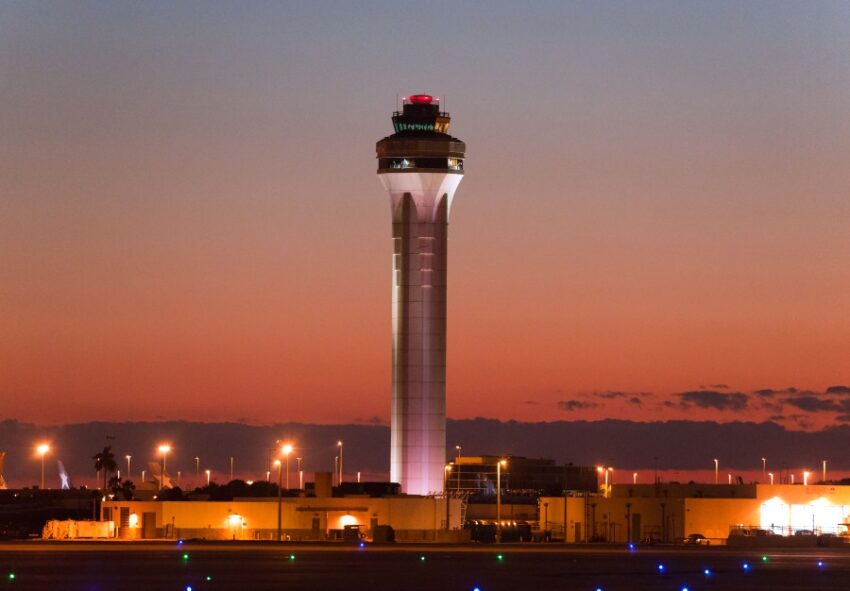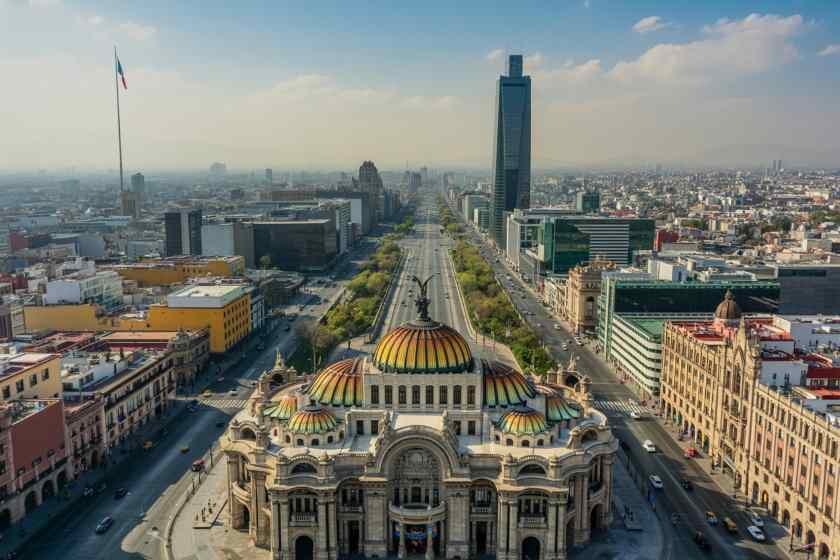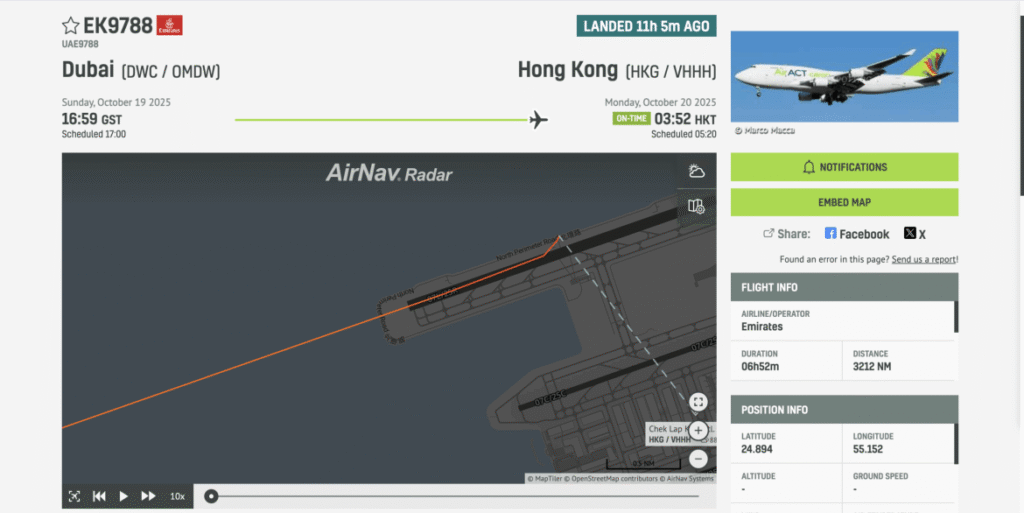Published on
October 21, 2025
By: Paramita Sarkar

FAA Traffic Control Tower at MIA
Miami International Airport (MIA) is strategically planning to expand its global reach by establishing long-haul flight connections to several major Asian cities, including Hong Kong, Tokyo, Beijing, Seoul, Singapore, Bangkok, Shanghai, and Delhi. This initiative aligns with the Miami-Dade Aviation Department’s (MDAD) vision to transform MIA from a recognized hemispheric hub into a global airport of choice, offering customers a world-class experience and an expanded route network. The expansion is part of MIA’s broader strategy to enhance its infrastructure and services to meet the growing demand for international travel.
Who Is Involved in the Expansion?
The expansion efforts are spearheaded by the Miami-Dade Aviation Department (MDAD), which oversees the operations and development of Miami International Airport. The department is collaborating with various stakeholders, including airline partners, government agencies, and infrastructure development firms, to facilitate the introduction of new long-haul routes to Asia. These partnerships are crucial for ensuring the successful implementation of the expansion plans.
What Are the Plans for Long-Haul Connections to Asia?
Miami International Airport is focusing on establishing direct flights to key Asian markets, aiming to enhance connectivity between Miami and major cities in Asia. The introduction of these long-haul routes is expected to cater to the increasing demand for travel between the Americas and Asia, driven by business, tourism, and cultural exchanges. The expansion will also provide passengers with more travel options and improved access to Asia from the southeastern United States.
Where Will the New Routes Operate?
The new long-haul routes will operate from Miami International Airport, which currently serves as a major hub for international flights, particularly to Latin America and Europe. The airport’s strategic location and existing infrastructure make it an ideal gateway for expanding services to Asia. The specific Asian destinations for the new routes have not been finalized, but the focus is on connecting Miami with key economic and cultural centers in the region.
Why Is Miami Expanding Its Long-Haul Network to Asia?
The expansion into Asian markets is driven by several factors. Firstly, there is a growing demand for direct flights between the Americas and Asia, fueled by increased trade, investment, and tourism. Secondly, Miami’s strategic location and status as a major international hub position it well to serve as a gateway for travel to and from Asia. Lastly, expanding the long-haul network aligns with MDAD’s goal to enhance MIA’s global connectivity and competitiveness.
How Is the Expansion Being Implemented?
The implementation of the expansion involves several key initiatives:
- Infrastructure Enhancements: MDAD is investing in upgrading airport facilities to accommodate larger aircraft and increased passenger volumes. This includes expanding terminal capacity, enhancing baggage handling systems, and improving customs and immigration processes to ensure a smooth travel experience.
- Air Service Development: MDAD is actively engaging with airlines to secure commitments for new long-haul routes to Asia. This involves presenting the benefits of operating from MIA, such as access to a growing market, state-of-the-art facilities, and a favorable business environment.
- Marketing and Promotion: To attract passengers to the new routes, MDAD is developing marketing campaigns that highlight the convenience and advantages of flying from Miami to Asia. These campaigns aim to raise awareness and generate demand for the new services.
- Regulatory Approvals: The expansion plans require coordination with federal and international aviation authorities to obtain the necessary approvals for new routes and services. MDAD is working closely with these agencies to ensure compliance with all regulatory requirements.
Conclusion
Miami International Airport‘s initiative to establish long-haul connections to Asia represents a significant step in its evolution into a global aviation hub. Through strategic infrastructure investments, collaborative partnerships, and proactive air service development, MIA aims to enhance its global connectivity and provide passengers with more travel options to Asia. As the plans progress, further details regarding the specific routes and timelines will be announced, promising an exciting new chapter for Miami’s international travel landscape.
Image: Miami International Airport









